What's Wrong With My Houseplant?

by
Three Dogs in a Garden
(IC: blogger)
Organic remedies to the houseplant rescue!
Keeping your houseplants healthy can go a long way to preventing problems in the first place. A stressed plant is more susceptible to problems and is less likely to recover even if you do take steps to ward off whatever problems it has developed.
Watering: How much water a plant needs depends on the type of plant and environmental conditions. A plant sitting in a hot, sunny window in the summertime will need to be watered more frequently that a plant sitting in dim winter light.
A thirsty plant will often slouch its leaves a little, but soil that is dry to the touch is the definitive way to know if most types of houseplants need water. The surface of the soil is not a good indicator of moisture, so I insert my index finger right into the soil. If the soil is dry, I water.
I like to take my plants to the sink to water them. Then I water the plant until I see water running into the saucer at the bottom of the pot. I pour off the water in the saucer and water once more to make sure the soil is uniformly watered. I wait again until the water runs through to the saucer and empty it. Then I dry off the pot (if needed) and return it to its usual spot in the house.
Even indoor plants experience winter. Low light and shorter days mean they slow down their growth and don't need as much food. Spring, summer and fall are seasons when houseplants can benefit with the boost of some liquid feed.
Start in late winter and gradually fertilize your plants every 3 weeks or so. I use a liquid feed that is commonly available in most big box stores and add a few drops (following the labels instructions) to my watering can.
Sometimes, even though you do your best to care for your houseplants, they develop an issue. Here are two common problems:
Problem: The tips of stems on your houseplant are curled or deformed. There is a sticky varnish-like residue on the leaves and stems. You turn over a leaf to notice woolly grey, black or brown pear-shaped insects. EEK! There is a good chance you have problem with Aphids!
Solution: Aphids are a fairly common pest. Wash them off the plant with plain water, soapy water or rubbing alcohol. A spray of insecticidal soap or horticultural oil are alternate remedies.
Problem: Fine, silky-looking webs are a sure sign you have spider mites. The mites themselves are so tiny they are hard to see, but sometimes if you look closely you will see them moving on the surface of the webs and leaves.
Solution: Spider mites are a problem I have tacked many times. Wash off as many of the mites as you can with plain water. Then take the plant outdoors while you spray it with insecticidal soap. (f you have sensitive skin, protect your hands from any contact with the spray by wearing rubber gloves. Hold the plant at differing angles so the spray can reach all parts of the leaves including the underside. ) I usually leave the plant in the kitchen sink to drip dry after I apply the spray.
Retreat with insecticidal soap as necessary until the spider mites are all gone.
You can buy insecticidal soap at most big box stores. You can also make your own and save some money.
Here's what you need to make your own insecticidal soap:
Measuring cup
funnel
tablespoon
pure liquid soap (don't use any soaps with degreasers, skin moisturizers or synthetic chemicals)
empty spray bottle
How to make your own insectisidal soap:
2 and 1/3 cups of water
1 tbsp of pure liquid soap (again don't use any soaps with degreasers, skin moisturizers or synthetic chemicals)
Measure out the ingredients, and using a funnel, pour them into a spray bottle.
You can buy insecticidal soap at most big box stores. You can also make your own and save some money.
Here's what you need to make your own insecticidal soap:
Measuring cup
funnel
tablespoon
pure liquid soap (don't use any soaps with degreasers, skin moisturizers or synthetic chemicals)
empty spray bottle
How to make your own insectisidal soap:
2 and 1/3 cups of water
1 tbsp of pure liquid soap (again don't use any soaps with degreasers, skin moisturizers or synthetic chemicals)
Measure out the ingredients, and using a funnel, pour them into a spray bottle.
Using your homemade insecticidal soap:
Place your plant in the kitchen sink or the bathtub.
Spray your plant throughly with the insecticidal soap. Turn it around in a circle and place it on an angle to try to catch all of the leaves including the undersides.
Leave the insecticidal soap on the plant for 10 minutes.
Rinse the insecticidal soap off the plant with plain, room temperature water.
Repeat application once every 3 days for a total of 3 applications.
Just a few of potential problems associated with Growing Conditions:
Brown leaf tips are a sign of low humidity and possibly insufficient water.
Brown Bumps on the leaves that can't be rubbed off with a finger nail indicate overwatering.
Some leaf drop is normal, but when a plant drops a lot of leaves all at once it is usually a sign of an issue with water. Plants like ferns will drop leaves if the plant gets to dry. Other types of plants will drop leaves if they are too wet. Review your plants water needs and make adjustments.
There are too many problems to address fully here. If you are experiencing problems with your houseplant, check out a reference like the book mentioned above.
This is a newly released book that would be a great reference for anyone that loves houseplants.
It opens with information regarding houseplant care and then profiles 130 indoor plants. The information on light, temperature, water and humidity, potting medium, fertilizer and propagation is intended to help you avoid problems. The final part of each profile gives you a summary of common issues they experience.
The final part of the book covers organic solutions of common problems. Some of the pictures of bugs and fungi are cringe-worthy, but are bound to be a great assistance in helping you identify a problem and find an organic solution.
Enjoyed the project?

Want more details about this and other DIY projects? Check out my blog post!
Published March 10th, 2016 4:45 PM
Comments
Join the conversation
3 of 16 comments
-
Saving honey bees
 Judy taylor
on Mar 13, 2016
Judy taylor
on Mar 13, 2016
-
-
Why not simply use Windex.??? The ingredients are dish soap, water and a bit of alcohol. Leave it on for a while and rinse off.
 Taffetal
on Mar 16, 2016
Taffetal
on Mar 16, 2016
-
@Taffeta I think the chemical makeup of Windex is more complex than soap, water and alcohol. A Google search found me this statement: " In 2015 the S.C.Johnson website lists the ingredients as Water, 2-Hexoxyethanol, Isopropanolamine, Sodium Dodecylbenzene Sulfonate, Lauramine Oxide, Ammonium Hydroxide, Fragrance, and Liquitint® Sky Blue Dye." I don't think Windex is a good option.
 Three Dogs in a Garden
on Mar 17, 2016
Three Dogs in a Garden
on Mar 17, 2016
-
-



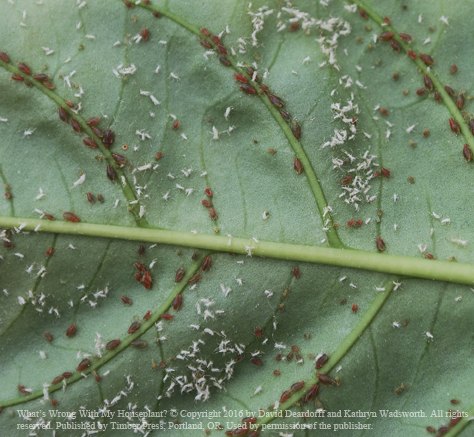








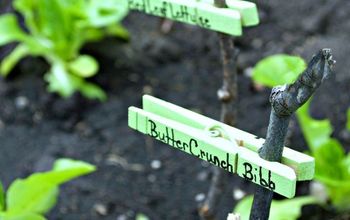
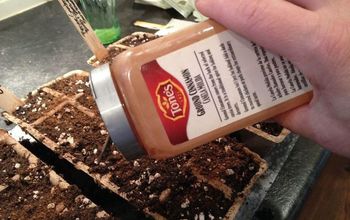






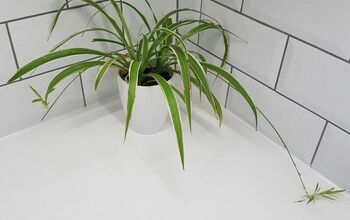
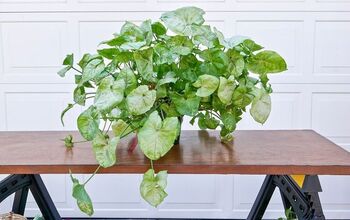

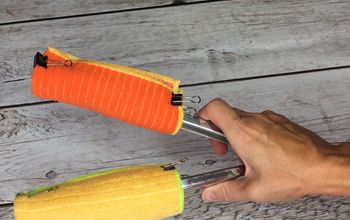
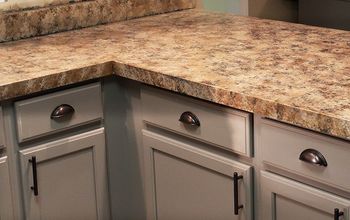

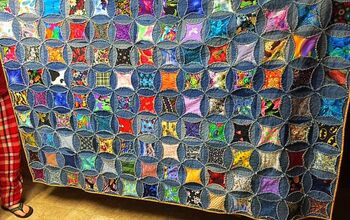

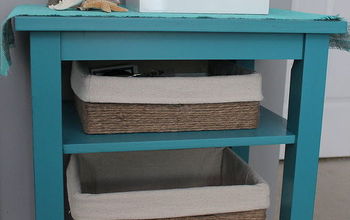
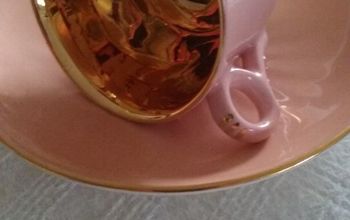


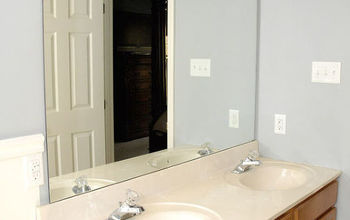

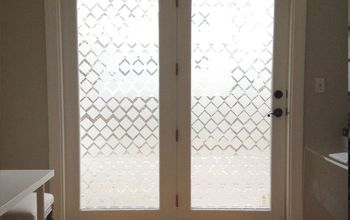
Frequently asked questions
Have a question about this project?